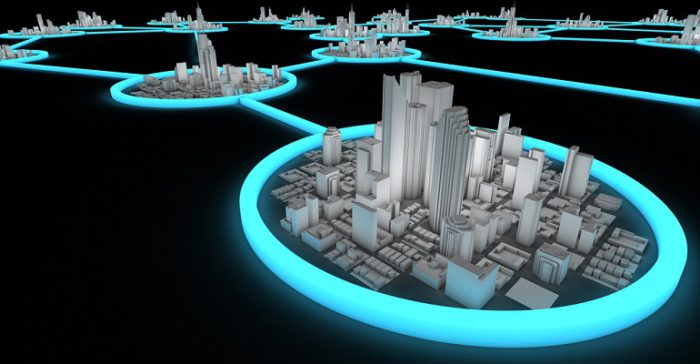Community Microgrids: Where, Why and How?
Microgrid Knowledge, June 28, 2016
In a Q&A interview, Hitachi’s Brian Levite describes the emergence of community microgrids. Where can they be found? Why are they good for the economy and at-risk populations? And how can we make more of them?
What is the NY Prize and how will it be a catalyst for community microgrids?
NY Prize is a grant program run by the New York State Energy Research and Development Authority (NYSERDA). The first round of NY Prize issued grants to 83 different communities to cover the cost of a feasibility study to determine if a microgrid would make sense technically and economically. The goal of NY Prize is to identify technical and business models for community microgrids that will be replicable across NY state. While the program has additional funding rounds to support the detailed design and even part of project construction, Hitachi has identified some projects that are attractive enough financially to move forward without any additional NY Prize grants. That is exciting to these host communities, to Hitachi, and to NYSERDA because it means that the program has worked and some community microgrids will be going online as a result.
What is Hitachi’s role in NY Prize?
Hitachi is partnering with 12 different communities to provide the technical and economic analysis for their NY Prize effort. Our team uses both public and proprietary tools to design an optimized microgrid system. We then work with the community stakeholders to identify the best ownership models and present information about the system performance and economics. Our goal is to help these communities understand what a microgrid would do for them and how they can make that happen in the most cost effective way.
How can microgrids help support economic development, help protect at-risk populations and spur new economic development in urban areas?
First, it’s important to know that energy resilience is not just about protecting the bottom line – it is about protecting vulnerable populations like hospital patients, elderly citizens and low income residents that don’t have the ability or resources to just pick up and evacuate the area until the power comes back on. These people need the ability to shelter in place when the grid goes down and microgrids support that. Beyond powering critical public services such as police, fire, and emergency medical, community microgrids can maintain additional critical services in communities like grocery stores, pharmacies and even ATM’s. As we think about community energy resilience, we have to consider not just the end of hour one, but the end of week one. Emergency services and heating/cooling are critical in the short term, but healthy food, medicine and the ability to quickly get back to normal are energy resilience threats that disproportionately affect low-income residents.
From an economic development perspective, microgrids can be a real catalyst. Today’s digital economy means that more economic transactions rely on energy as a pre-requisite than ever before. At the same time, businesses in the U.S. are demanding higher power quality and resilience to keep their operations on track – whether they are manufacturing goods or providing services as a data center. Low-cost, high-quality, always-on power is a highly attractive resource for businesses looking to locate new offices and plants. Microgrids are one way that communities can differentiate themselves for expanding businesses.
